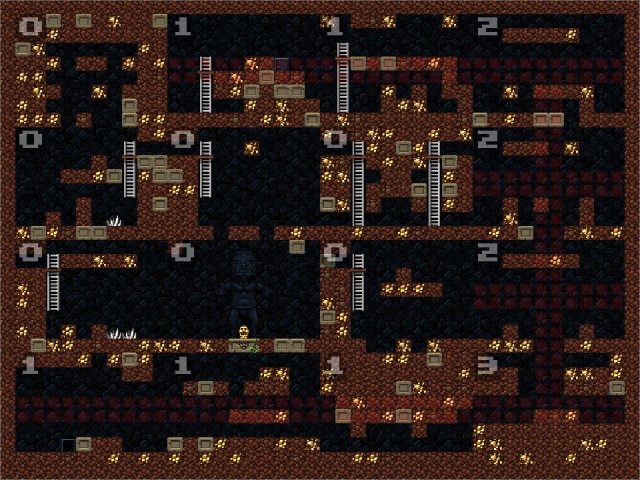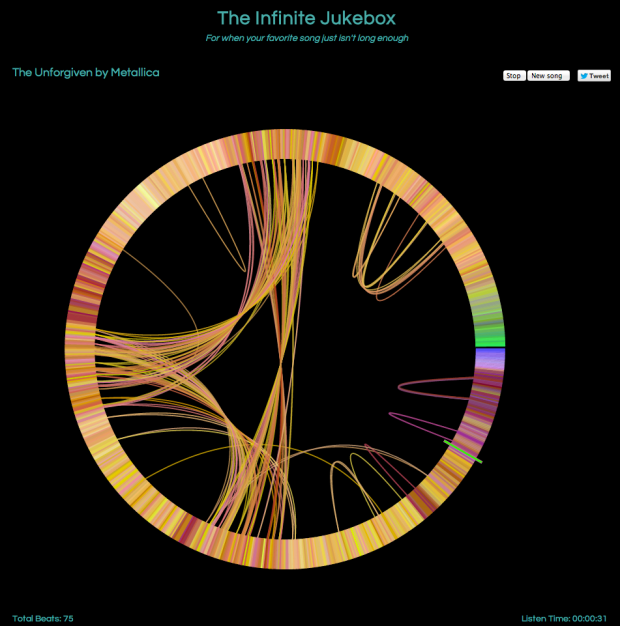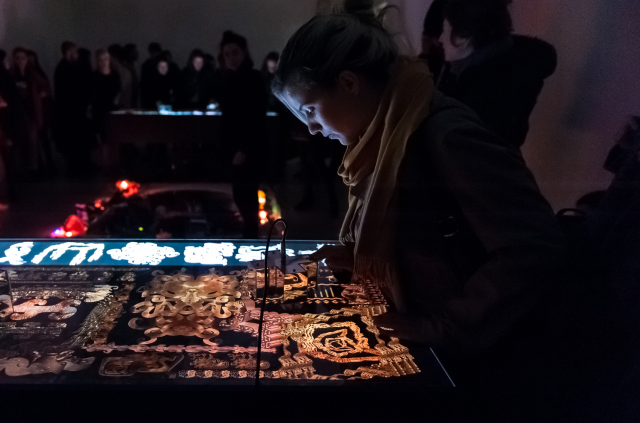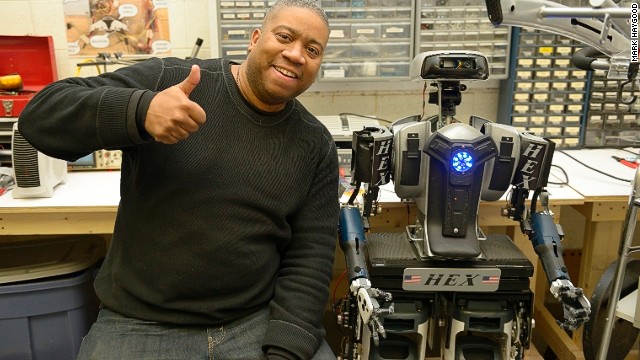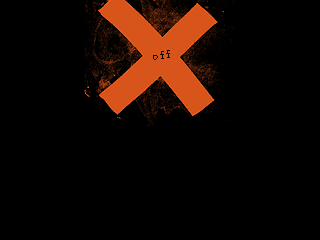Technological Art/Design: Spelunky
Spelunky, a game created in 2008 by independent video game developer Derek Yu, has much more to it than avoiding enemies and collecting treasure.
The most striking thing about this game is its level generation, which can be seen in action here (works best in Chrome), along with a detailed explanation courtesy of Darius Kazemi.
In short: A level consists of 16 rooms, with the starting room always at the top of a level, and the exit at the bottom. In level generation, a room is chosen from a set of templates dictated by where the room is on the solution path (the red blocks in the image above) between the entrance and exit. On a room-by room basis, each template has various obstacles, trap locations, and gold locations based on probability.
Such level design allows for incredible replayability, creating an exponential amount of content from a few relatively simple rules. Well-done generative design allows relatively small teams to create huge projects, and will likely play a significant role in independent games for a long time to come.
The original (free) version of Spelunky, as well as its source code, can be downloaded here. For the 2012 updated re-release, click here.
Derek Yu’s blog can be found here.
